I've done it several times when I couldn't figure out in advance which I really need. So I would put both on the PCB and only solder down one. In this way, if I was wrong I can just remove the resistor and solder the other one down.
These days, split termination isn't done so much but it used to be a popular form of signal termination. To the unfamiliar, split termination looks like both a pullup and pulldown where the resistor values are usually less than 400 ohms.
For analog inputs, sometimes an input needs a DC bias. This can be done using a simple resistive voltage divider-- which also looks like a pullup+pulldown. Normally in this case there is also something that blocks the DC, like a cap in series with the signal, before the resistors.
In my opinion, you never actually need a pullup and pulldown at the same time, since it just doesn't make electrical sense. Using both at the same time will create a conflict and the end result is not an up or down, more like a pull-sideways! :) But there are lots of things, like the 3 that I mentioned, that will appear like a pullup and pull down at the same time. These are very common, and I know of new engineers who confuse them for pullups+pulldowns.
